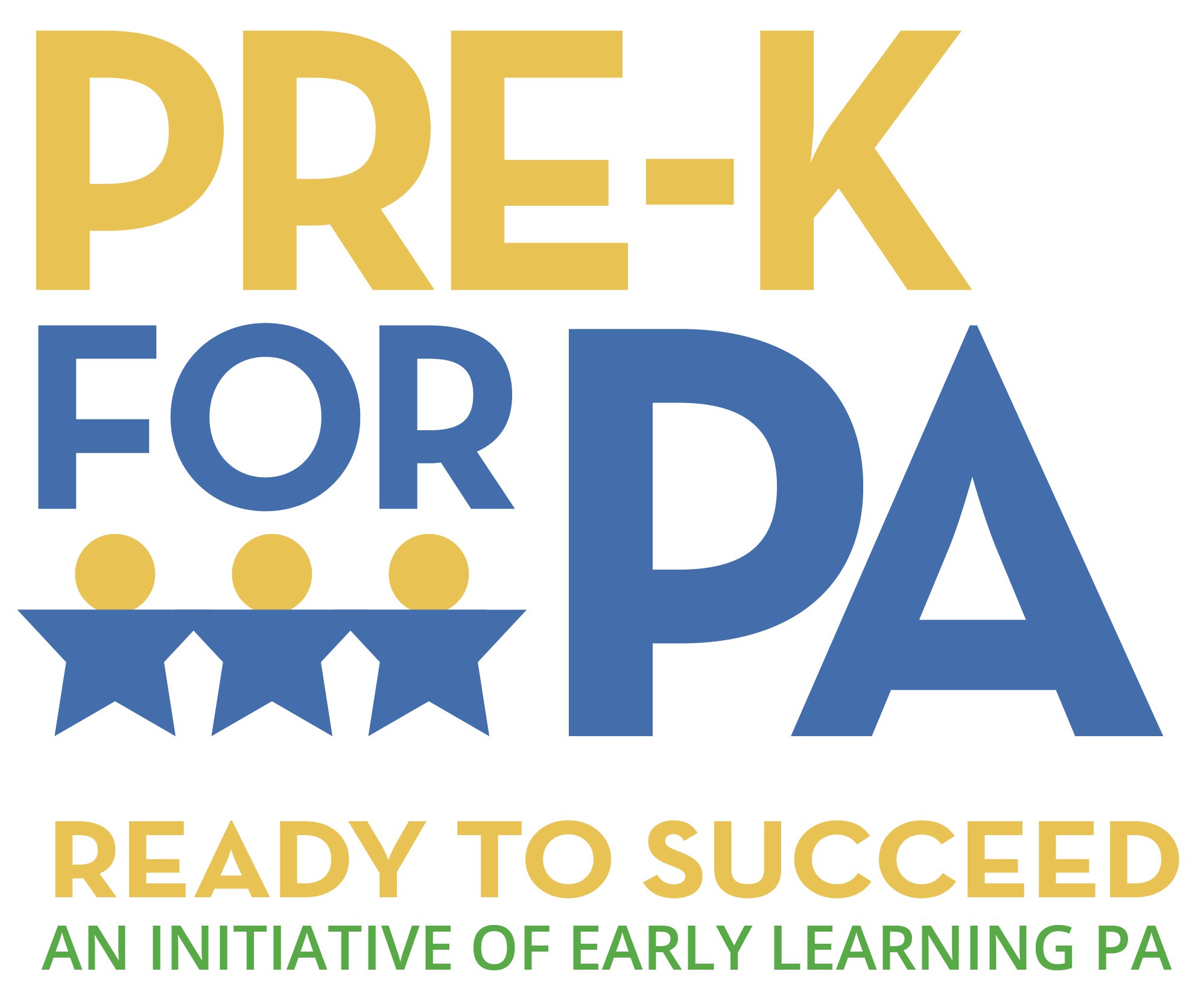University City Review: OpEd: Early childhood providers navigate this crisis
May 6, 2020 by Traci Childress, MA, MEd, Executive Director, Saint Mary’s Nursery School, West Philadelphia
I have the privilege to work as the Executive Director of West Philadelphia’s Saint Mary’s Nursery School. As a nonprofit childcare center, we serve 138 children ages 18 months – 12 years. Since mid-March, we have been closed. We rely on 95% private pay tuition and 5% subsidy to fund operations. We have been fortunate to have received a couple of grants, and to have raised some funds from our community, allowing us to keep paying staff while we waited on federal support.
As we’ve navigated this crisis, we’ve been meeting virtually every week as a staff community. We check in — talk about the struggles navigating regulations, loans and safety, share how our zoom offerings for families are going, what can we create for our YouTube channel, what has been giving us hope, and what visions do we have for the future.
The governor included childcare providers in thesecond phase of reopening(the yellow phase) – Philadelphia has yet to announce its reopening timeline. Despite the fact that K-12 schools will not be returning this year and will look very different when they do return, childcare will be invited to return to work before the rest of the workforce. This sector is essential to the rest of the city’s workforce. We will have to return in order for everyone else to return. And while young children are not at high risk for getting this virus, they can carry it, and many of us have families and homes where grownups live and where members of our families may have compromised immune systems. We have elementary age children who won’t have care when we return to work.
Our early childhood workforce is already grossly underpaid. Although childcare is expensive, the cost of services barely covers the cost to run childcare operations and pay our staff. Our teachers should make so much more than they do already, given the impact of early education on early learners (ages 0-5) and our economy’s dependence on our work.
Reopening will bring a host of new requirements to our work. The current CDC guidelines mention masks, no contact drop offs and pickups, temperature taking, and smaller group sizes (currently 10 people in a room including staff) just to name a few. We will need support to finance this.
Childcare, whether for profit or non-profit is already a no profitsector. The new requirements will make childcare more expensive for providers to offer, and it will decrease income capacity by requiring fewer children. And yet families cannot pay more. As we face this reopening, we will need state and federal funding to ensure we make it through the year ahead when we will be working with new practices, more needs and more intermittent closures. We’ve always needed this as a sector; but now it is so apparent that childcare is a public good like public school is, and that it needs the support of a system that ensures it can continue to operate, provide quality care to children and support for the workforce in getting back to work.





